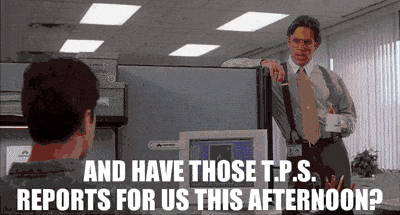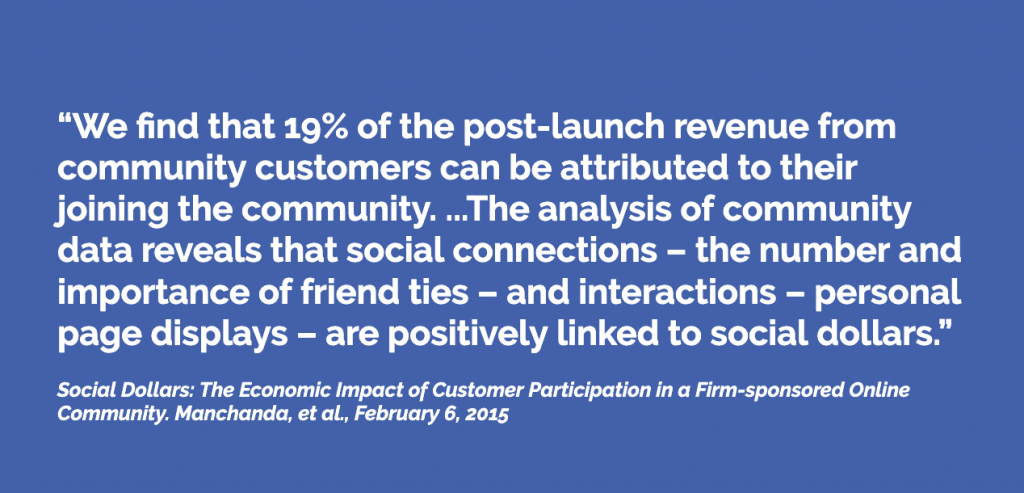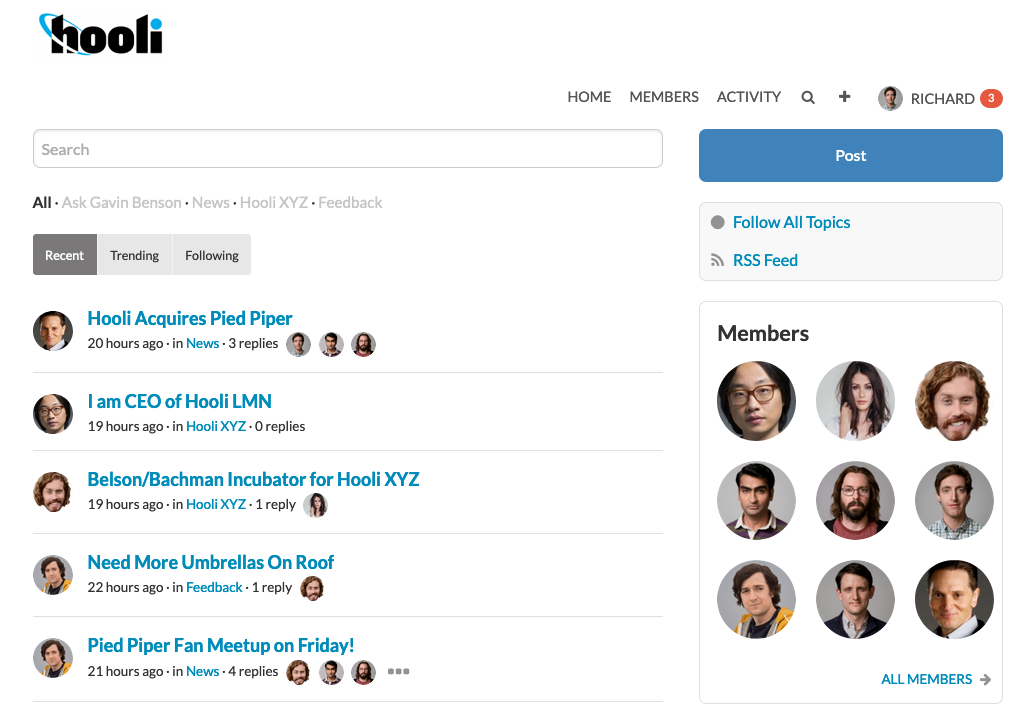Do you often find yourself completely overwhelmed with the amount of information that’s coming at you every day?
This article is for you.

We’re going to go through a step-by-step process that will turn your consumption habits from a firehose to an irrigation system.
Because all of those email newsletter subscriptions, YouTube channels, blogs, and yes, even TikToks, should be adding value to your life.
It’s OK if the value is pure entertainment, but you should be cognizant of the percentage that is pure entertainment vs learning or business growth. Awareness is half the battle in taming the content shock beast.
Step One – What Am I Consuming?
Set aside 15-20 minutes and make a list of your subscriptions.
That should include newsletters, major media outlets you visit a lot, social channels that send you update notifications, etc.
Make sure you specifically focus on content that you receive on a regular schedule. These are sometimes the big time thieves that go unnoticed. Are there newsletters that you routinely delete or archive without reading them?
You may be over-consuming content, and putting your brain on information overload.
Step Two – Sort the Useful from the Non-Useful
Take a moment to look at each item in your list. For each one, ask yourself these questions:
- What value, if any, is this adding to my life? (I’m learning things, I laugh, I’m gaining business skills…)
- Do I have a system in place that helps me apply the information I learn from this item? It’s not enough to just read and move on, if the content is something that gives you business lessons. You need to have a process where you can use those tips to grow.
- After I read/view this content, do I feel better or worse? (yes, some content just brings you down)
- Am I subscribed to other content in the same niche that is better written, more valuable, more focused? Is this redundant?
One way to manage this evaluation process is to mark each item with a plus, zero/neutral, or minus. That will inform the next and final phase of the digital decluttering.

Step Three – Unsubscribe, Delete, Refocus
Time to pull the plug on any recurring subscriptions or content notifications that are of no value, are detracting from your mindset, or are redundant. Hit the unsubscribe button and be free.
Run through your inboxes and delete anything you haven’t read yet, that’s older than 2 days ago. Grant yourself the grace of an empty notifications icon.
The Internet will go on without you. If it was important, they’ll reach back out again.
For the items you’ve retained, set up a spot to collect notes and tasks that emerge when you’re reading/viewing that content. I use NotePlan 3 as a simple space for notes, inspirations, and ideas to apply to my life and business. There are tons of other note-taking and task-tracking tools out there to suit your work flow.
Post-Cleanup
Once you’ve gone through this process, you might want to follow the one-in, one-out rule. Any time you’re tempted to subscribe to something, force yourself to unsubscribe to another item, especially if they’re in a similar niche.
Share in the comments how you deal with content overload!
___________________________
About the Author: Rosemary O’Neill is co-Founder/CMO of Crowdstack, the best indie space for your groups online.



